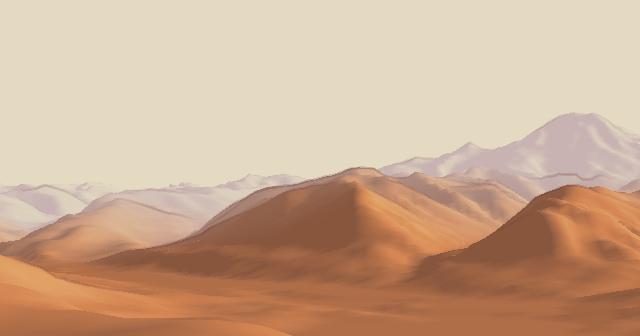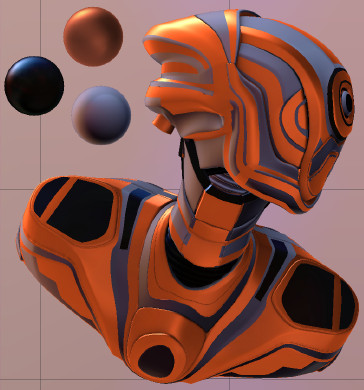Past.
The bulk of the past projects I’ve been involved in revolves around innovative CG techniques that provide more artistic control over the production of images, ranging from photorealistic renderings to 2D line drawings.
A succint presentation of selected projects is provided below (click on ▶ below images for videos). A detailed presentation can be found in my HDR document (“Habilitation à Diriger les Recherches”).
Material models
The appearance of materials can be extremely varied. We have introduced a multi-scale model that reproduces the appearance of Scratched Materials, by relying on geometric optics simulations inside scratches. We have extended microfacet theory to handle Thin-film Iridescence, where we have used a formulation in Fourier space to avoid performing a dense sampling of the spectrum domain where interferences produce high-frequency oscillations. We have modeled the effect of Hazy Gloss through the combination of a pair of microfacet distributions, providing a direct control over the haze effect through a reparametrization of the model.
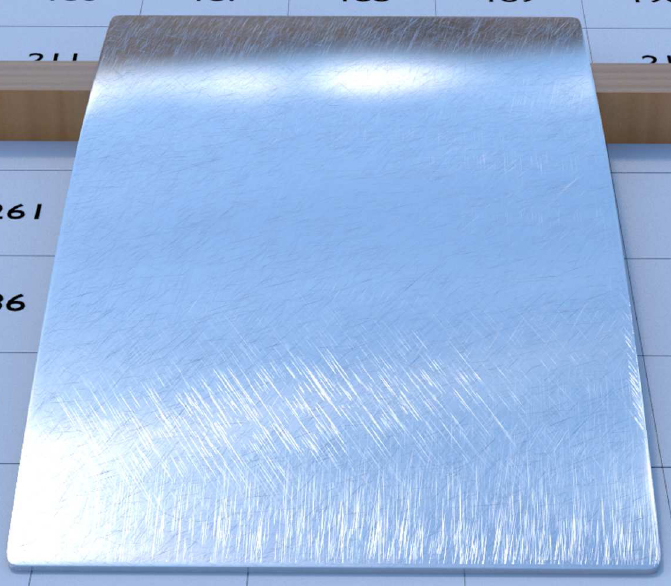
Siggraph paper | ▶
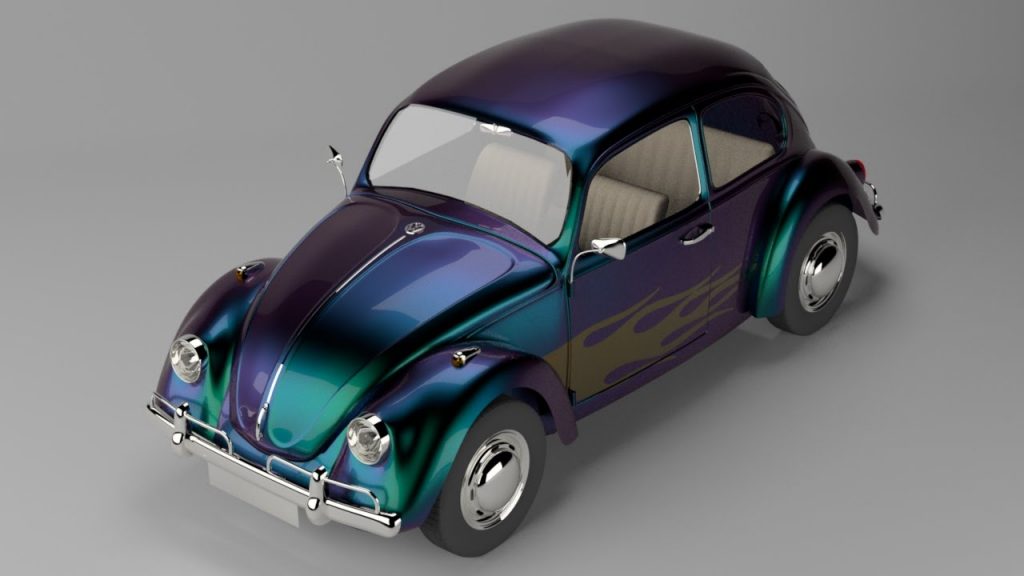
Siggraph paper | ▶

EGSR best paper | ▶
Radiance tweaking
Reflections are naturally compressed or stretched by highly curved surfaces in photorealistic rendering. We have introduced the Light Warping method to exaggerate this effect by warping rays in concave and convex surface regions. Radiance Scaling is a follow-up technique where light intensity instead of direction is affected by surface curvatures, this time in a way that depends on material properties.
When microsurface details are elongated, highlights take on more complex anisotropic shapes that depend both on surface curvatures and microstructure tangential curvatures. We have introduced a method that grants artistic control over such Anisotropic Reflections.
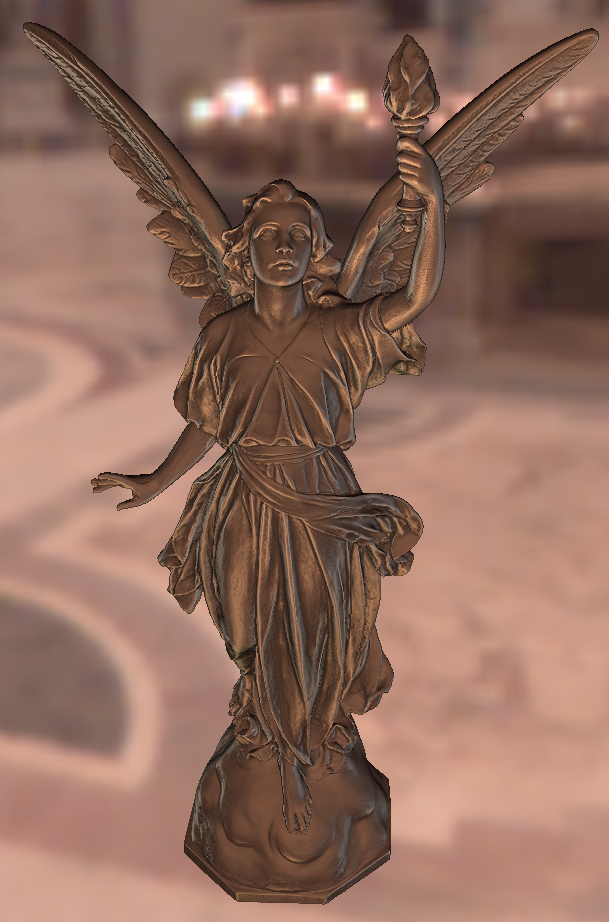
Siggraph paper | ▶

Siggraph paper | ▶

Eurographics paper | ▶
Expressive shading
Instead of relying on accurate light transport, expressive shading techniques assign a color based on a single light direction and additional information. We have introduced the X-Toon technique which is a simple extension of cartoon shading to a 2D texture, with the second dimension looked up using scene properties (depth, normal orientation, velocity, etc). In the Apparent Relief method, we instead relied on the shape index to convey surface features (convexities, concavities, saddle regions) in a stylized way.
A more direct method consists in painting a sphere with the desired appearance, called a MatCap (for Material Capture), but lighting and material effects are then baked in. We have introduced a MatCap Decomposition technique, which grants several dynamic manipulations including lighting rotation and material editing.
Surface and image analysis
In order to convey surface shape, one must first identify shape features, which may occur at multiple scales. We have first proposed a Surface Relief Analysis technique where relief features are extracted at multiple scales with respect to a base surface. The subsequent Growing Least Squares technique does not require to identify a base/relief decomposition, but instead extends the Moving Least Squares (MLS) framework to work with scale space methods, which permits to identify relevant features at specific scales. We have introduced another extension of MLS, this time for Non-oriented Gradient Fields, which occurs with 3D scans where normals are not easily oriented, but also with images in which case the problem is reduced to 2D.
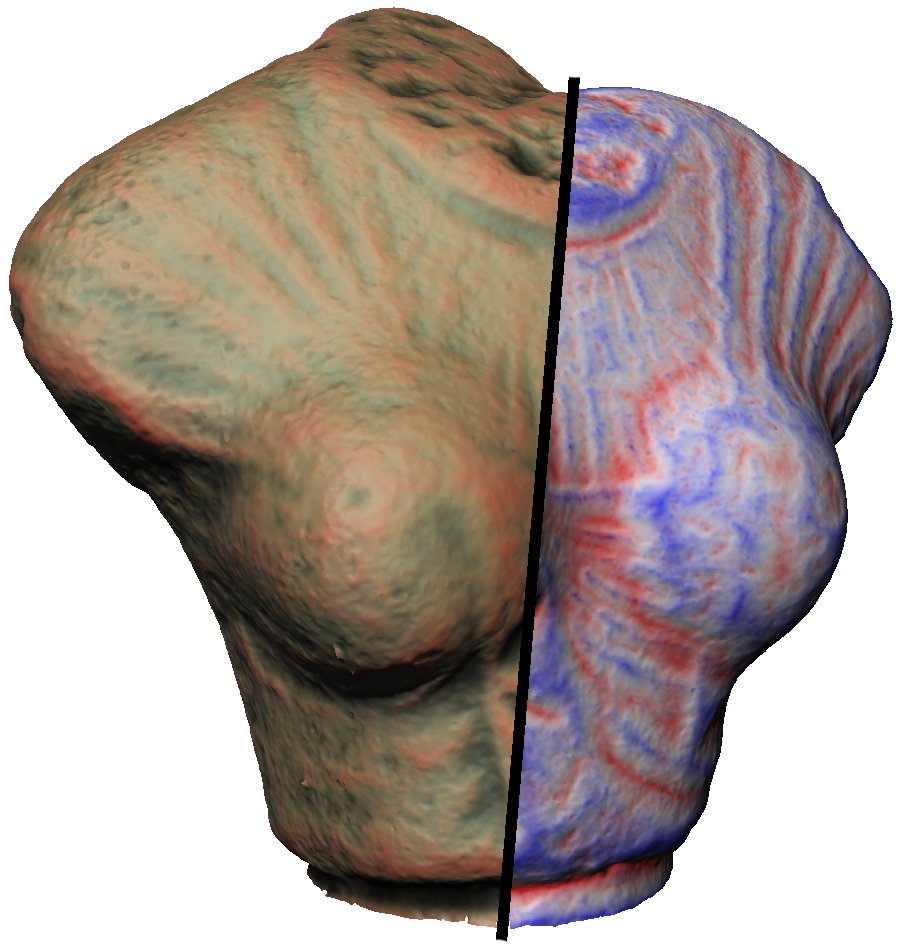
EGSR paper | ▶
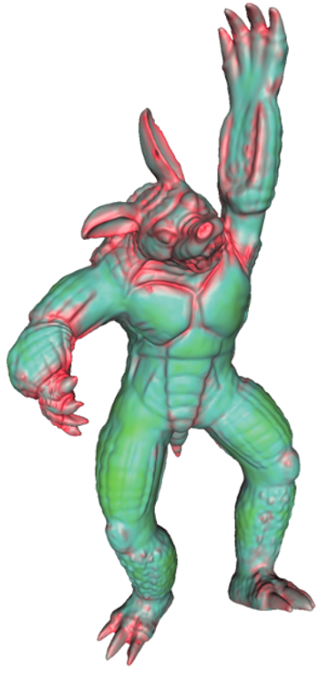
SGP paper
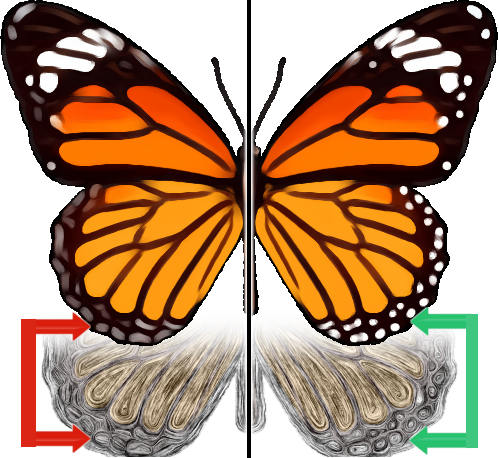
Eurographics paper | ▶
Digital painting tools
One way to create artwork from scratch is through vector graphics. We have first introduced a new method called Diffusion Curves, which grant artists control over color gradients in vector graphics. This involves solving a harmonic or biharmonic equation, for which we have later introduced a Finite Element Solver.
Another approach consists in working with bitmap images. We have introduced methods that warp images to convey a photorealistic appearance in the Surface Flows method, which requires 2.5D image data. In contrast, the Flow-guided Warping technique works directly from the image, again through a warping process.
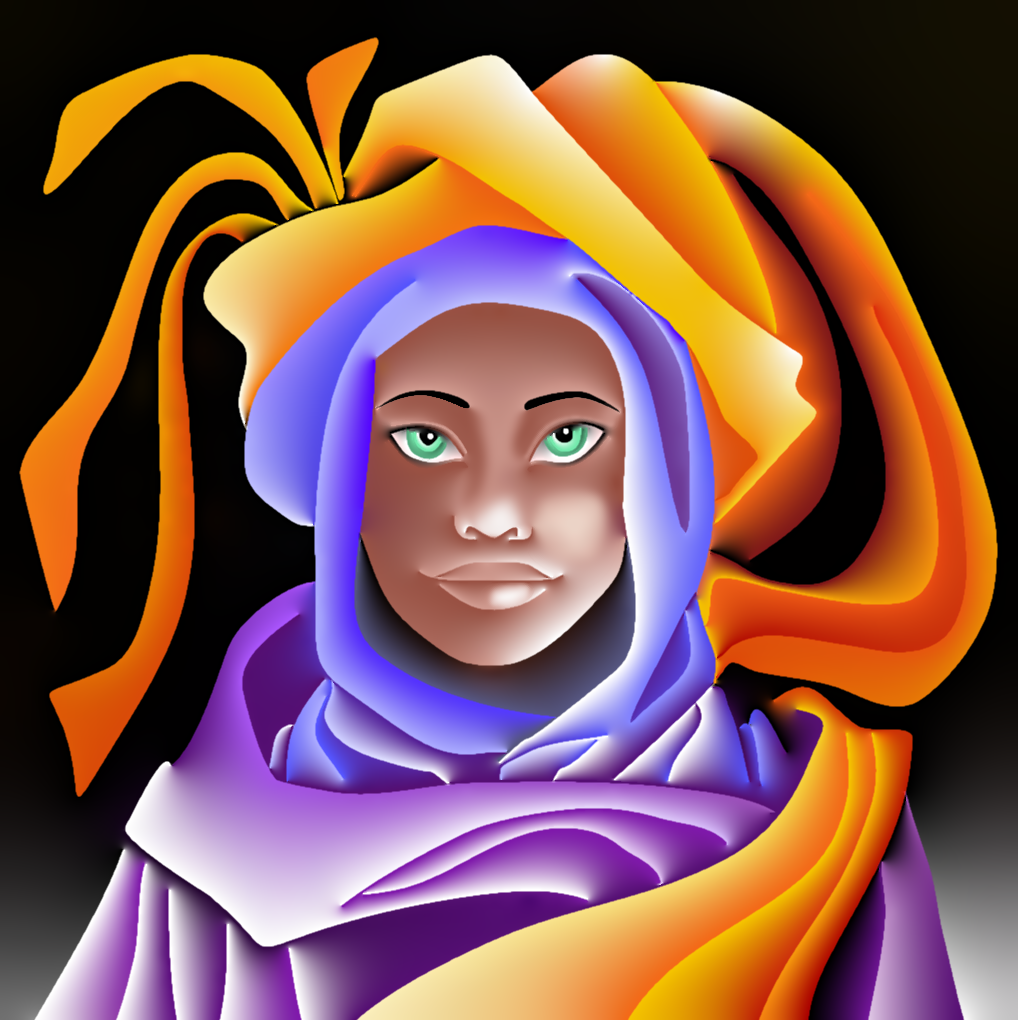
Siggraph paper | ▶
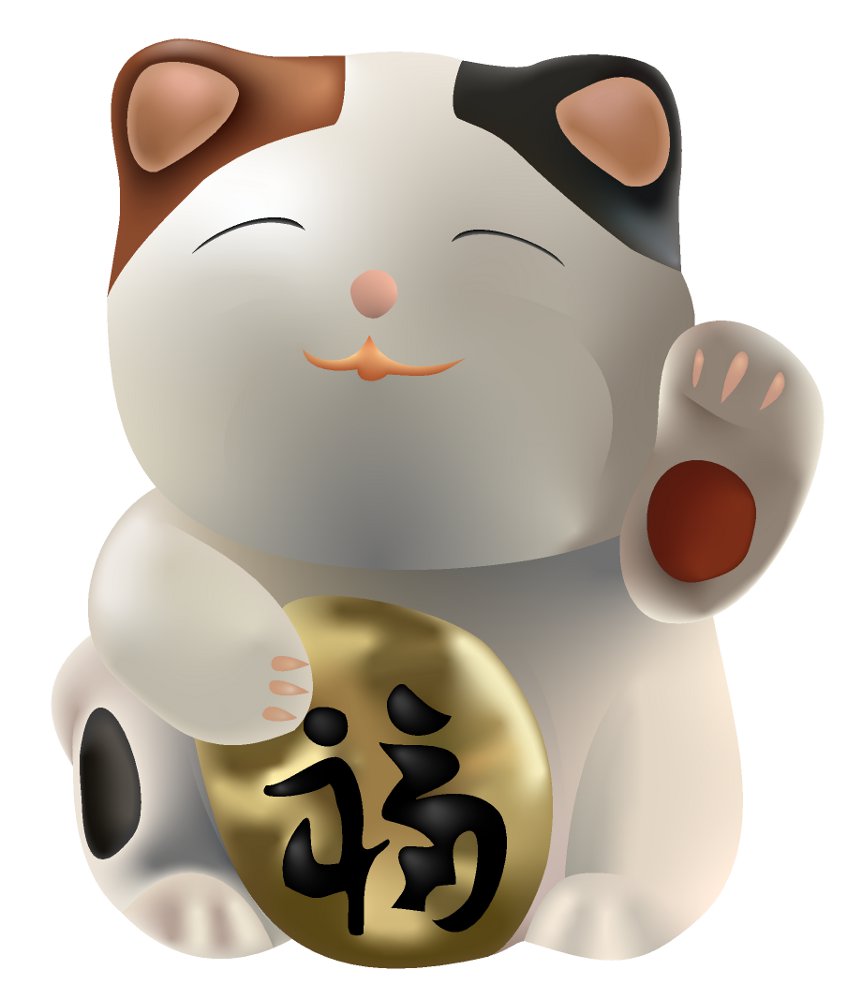
Siggraph Asia paper | ▶
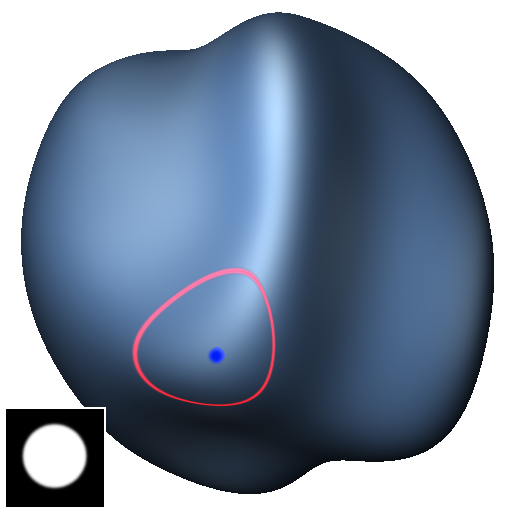
Siggraph paper | ▶
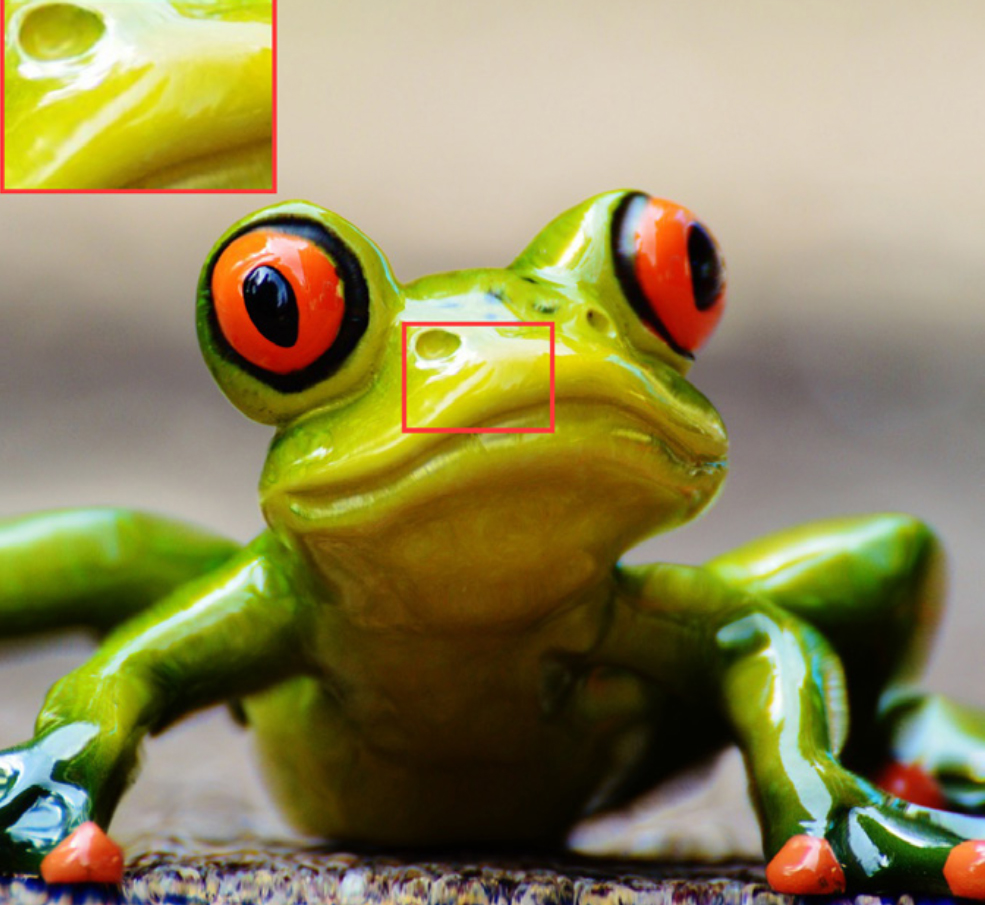
Siggraph paper | ▶
2D and 3D shape animation
The animation of 2D shapes is a tedious process. We have introduced a Compatible 2D Embedding method that finds correspondances between two shapes. Together with our 2D Shape Morphing technique based on ARAP (As-Rigid-As-Possible) interpolation, these tools permit to create and control the warping of 2D figures. Deformation may also be provided by example as in our 2D Rigid Body Animation technique.
The deformation of 3D shapes in contact is also tedious to control for an artist, which has motivated us to propose an Elastic-rigid Deformation method that works at interactive rates and can be controlled expressively through profile functions.
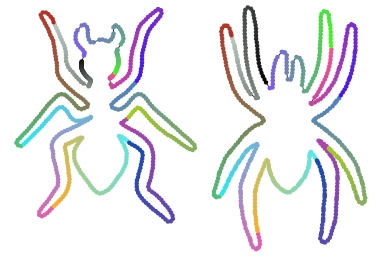
TVCG paper | ▶

NPAR paper | ▶

Siggraph paper | ▶
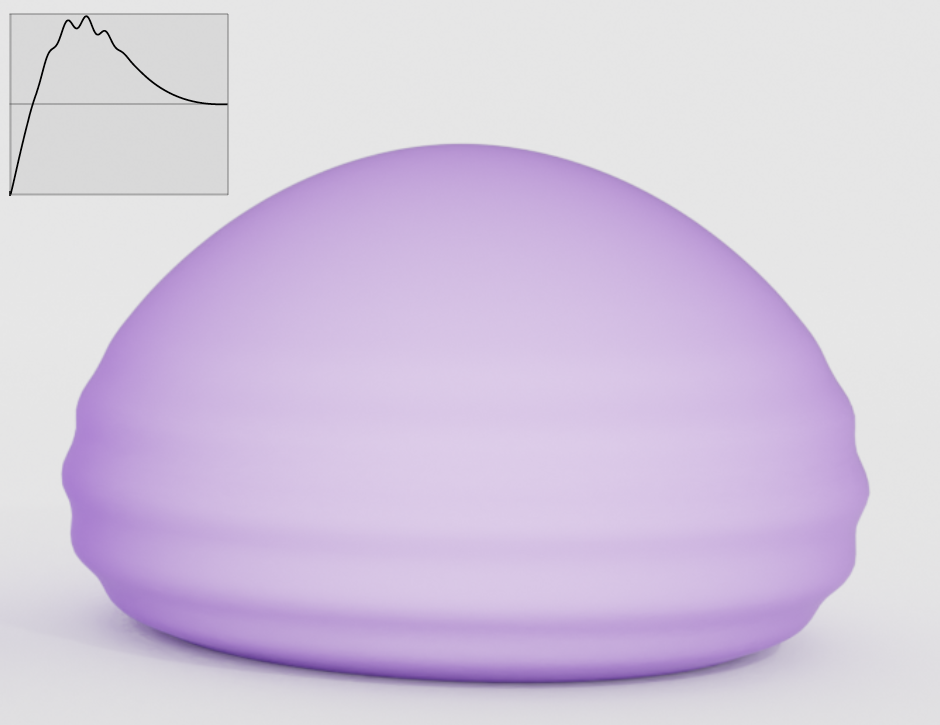
Siggraph paper | ▶
Stylized rendering
What if instead of being drawn or painted, artwork could be produced automatically from 3D scenes? That is the main idea behind stylized rendering. We have first contributed to this research domain with the Dynamic 2D Patterns technique, where collections of stylized 2D patterns are attached to a 3D object and updated to follow its motion. A painterly look was instead achieved with a Stroke-Based Rendering approach where each stroke moves independently in the image, while being attached to an underlying 3D object. We went a step further in the fragmentation of the painting element with the Implicit Brushes technique, where brush strokes emerge from the accumulation of myriads of brush footprints located in places where sharp shape features occur.
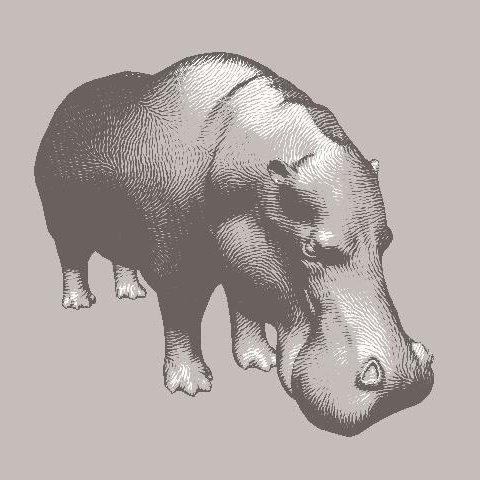
Siggraph paper | ▶
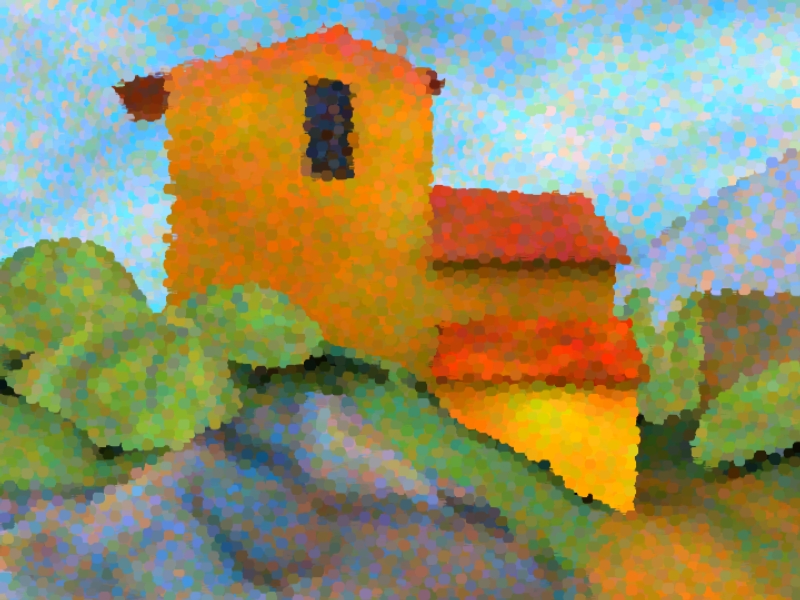
EGSR paper | ▶

Eurographics best paper | ▶
Line drawing manipulations
Another way to produce drawings automatically is to rely on an existing piece of artwork and to manipulate it. In this vein, we have introduced a Line Drawing Simplification technique that takes a vector graphic drawing as input, cluster its lines according to Gestalt principles, and replaces a cluster by a new line, hence reducing the amount of lines. Going in the opposite direction, we have extended non-parametric texture synthesis techniques to work on vector graphics with our Stroke Pattern Synthesis method, which given an example pattern, produces more of it, once again based on Gestalt principles.

EGSR paper | ▶
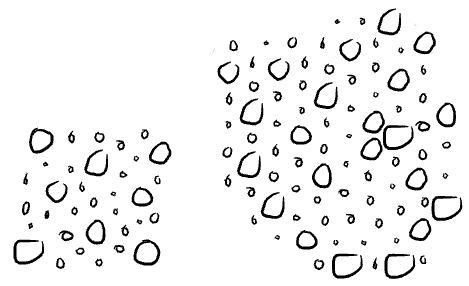
Eurographics paper
